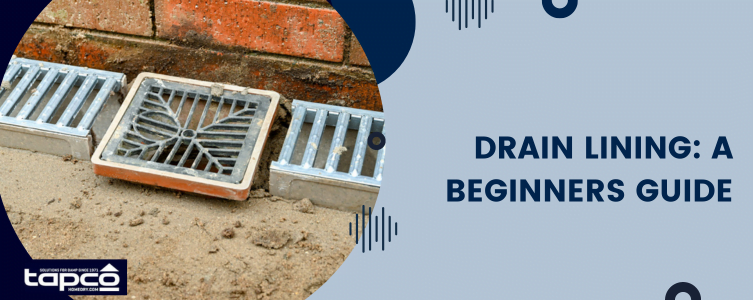
Repairing a drain can be expensive and problematic. The majority of drains are buried many feet below the earth, and you’ll need to get through concrete, tarmac, brick walls and earth to access them. This means extensive excavations that will be a nuisance to you and your neighbours. The digging not only makes a lot of mess, but it’s also expensive.
Until recently, repairing a broken drain was a serious undertaking. Leaks and cracks would be an expensive and disruptive task to remedy. Thankfully, the way we address leaks, cracks and other issues has come a long way in recent years.
As you may have guessed, there is a better way to fix broken drains that doesn’t require you to disturb the earth or carry out extensive excavations. This process is known as drain lining, and it is a modern solution to an age old problem.
As ageing infrastructure means that pipework is more likely to fail, which means property owners are more likely to face expensive repairs. With drain lining, the process becomes a lot simple, less disruptive, and much cheaper.
Rather than digging down to the actual drain, we can gain access at ground level and carry out all necessary repairs from within the drain. This is the equivalent of keyhole surgery for drain repair. In keyhole surgery, the surgeon inserts specialist tools into small incisions, rather than opening the patient to get a full view of the surgical field.
Read on to learn more about how drain lining works and how this process can transform drain repair and make it more affordable for property owners.
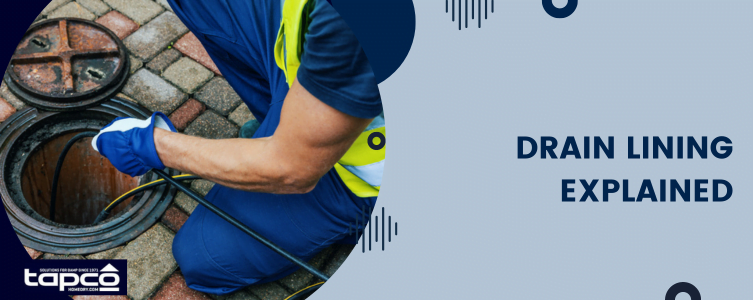
Drain lining explained
As the name suggests, this process involves lining the inside of the drain with a material that bonds to the inside of the pipe. The polymer material covers the cracks or breaks in the pipework, allowing it to continue functioning without any further leaks. It has been likened to installing a pipe within a pipe.
The only downside to this process is that it will slightly reduce the overall diameter of the pipe, meaning the capacity of the pipe will be reduced. However, this is seen as a reasonable compromise when the alternative involves manually digging up the whole drain to replace the broken section.
This process is far cheaper, as you won’t have to pay for gaining access to the pipe, or replacing the missing portion. The only cost is for the pipe lining, which is far more cost effective.
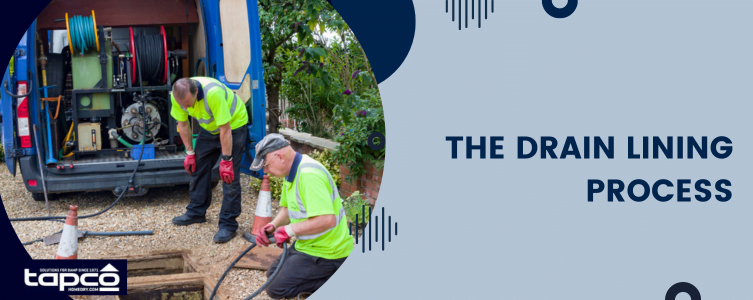
The drain lining process
Before we can get started with the process of repairing the drain, we first need to know the location and extent of the damage. To get a complete picture of what is going on, we start by jet washing the pipe clean so we can get a clear image. We then send a small camera down the pipe to inspect the condition and plan the repair.
Once we have a complete picture of what is going on, we can then determine if a drain liner will be suitable for your needs. Once the team is happy to go ahead with the repair, we can choose a drain liner suitable for the repair.
We start by threading the drain liner into the drain, moving it down the pipe until it reaches the point where the fault exists. Once it is in the correct place, we use an airbag to inflate the liner and press it against the diameter of the pipe. The airbag holds it in place during the next steps.
After some time, the drain liner will cure and harden, creating a strong bond between the liner and the pipe. This will cover the fault in the pipe and allow it to function as normal again. Once we’re happy that the repair has been successful, we deflate the airbag and remove it.
The final step is to send the small camera down the pipe again to ensure that the repair has been successful. We may need to drill holes in the liner to enable it to connect to adjoining pipes. Once we are happy that the repair is complete, the drain should be considered fit for purpose again.
While the process sounds very complicated, it’s actually much less complicated and far cheaper than digging up the drain. It is also a highly reliable repair process that should last for up to 50 years when the process is completely correctly.
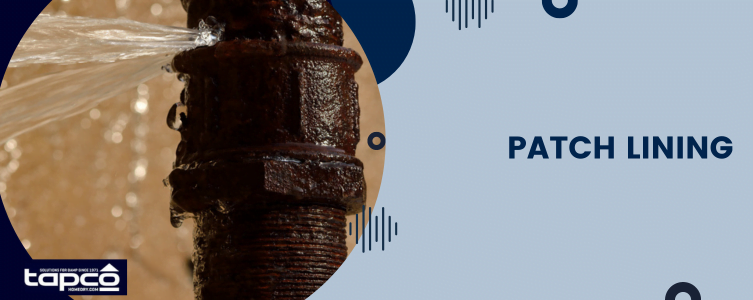
Patch lining
While not as extensive as digging up the drain, lining is still an extensive process. Lining metres of pipes is a very precise and detailed operation. So what can we do in cases where the repair doesn’t require such an extensive operation? In situations like this, we would use a process known as “patch lining”.
As the name suggests, this allows us to patch up a small portion of the pipe, and this can be an easier process than repairing the whole pipe. We can therefore “spot treat” smaller areas of damage which are limited in size and location.
The process is similar to that of repairing the whole pipe, but instead of threading a tube of lining into the pipe, we only apply a single piece of material. The patch is moved down to drain to the location of the fault. We can then inflate the balloon and push the patch into the correct position.
Just like with a larger repair, the patch cures and is effectively glued in place to the inner surface of the pipe. This repairs minor damage and allows the pipe to function as before.
Key takeaway
A leaky pipe doesn’t have to mean extensive and expensive repairs. Before you start thinking about digging up your pipes, consider working with a drain lining specialist. With drain lining, we can access the faulty portion of the pipe from ground level and carry out the repair without any deep excavations.
It also means we can repair the pipe rather than replacing it entirely. We can carry out a full pipe repair, or a patch repair, depending on the extent of the damage.


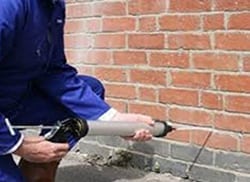 Damp Proofing
Damp Proofing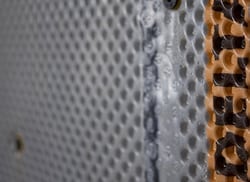 Basement Damp Proofing
Basement Damp Proofing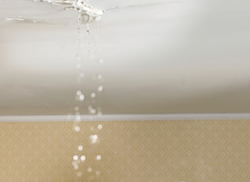 Water Damage
Water Damage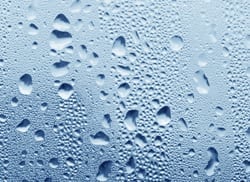 Condensation Control
Condensation Control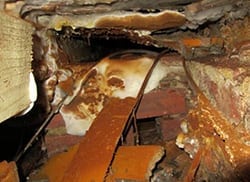 Dry Rot Treatment
Dry Rot Treatment WOODWORM & WET ROT
WOODWORM & WET ROT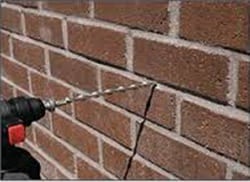 CAVITY Wall Ties
CAVITY Wall Ties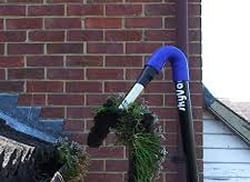 Property Maintenance
Property Maintenance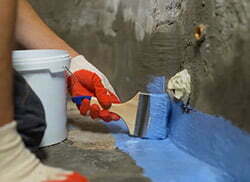 Waterproofing And Tanking
Waterproofing And Tanking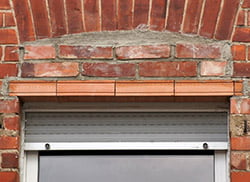 Structural Repairs
Structural Repairs



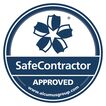




Hi I’m looking for a change of career . And just wondering if attending these courses you would be able to then go out there and work . I have financials to set up . I’m just a novice looking for a career change and looking to be competent in this trade thanks rick
Hi Rick.The more courses you take the better and then come and work for us :o)
Hi Rick
Where are you based? John